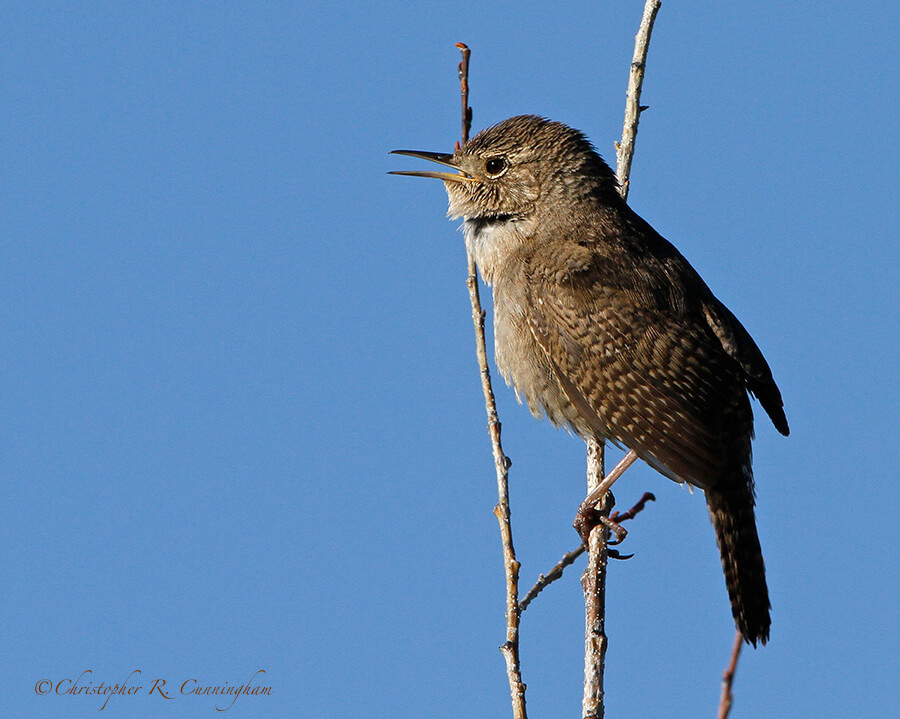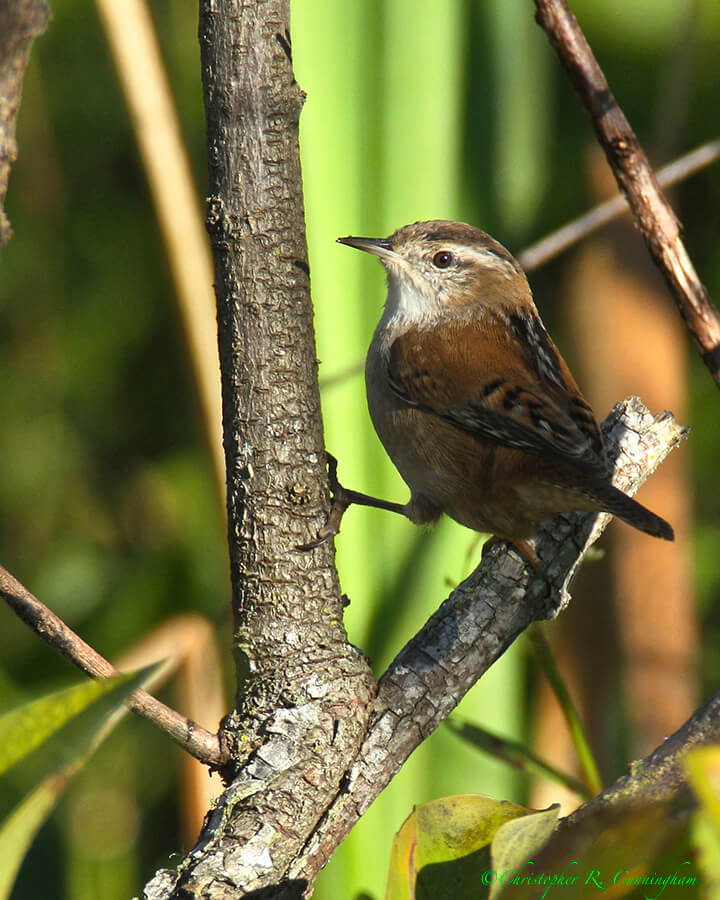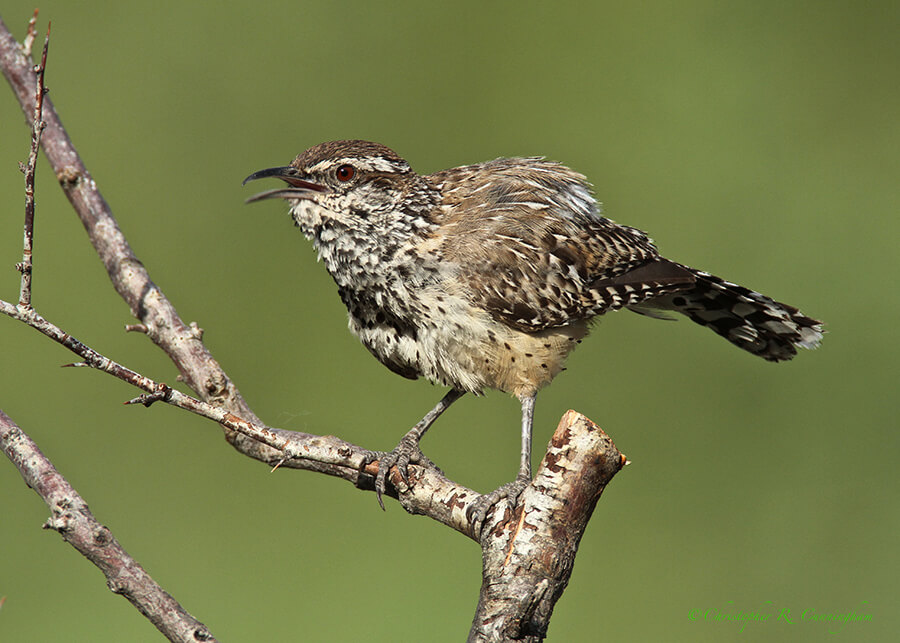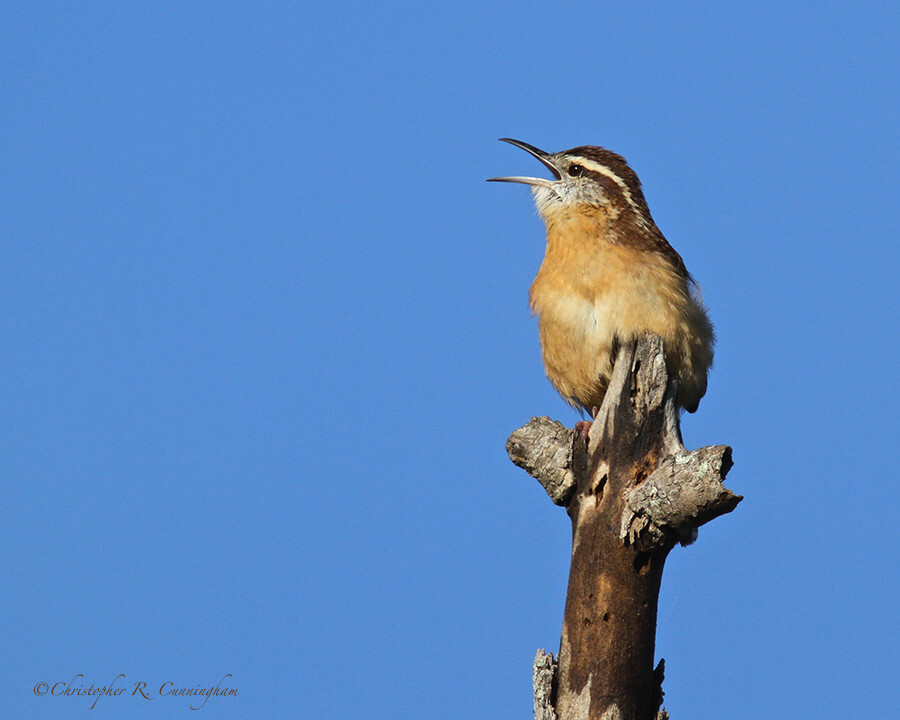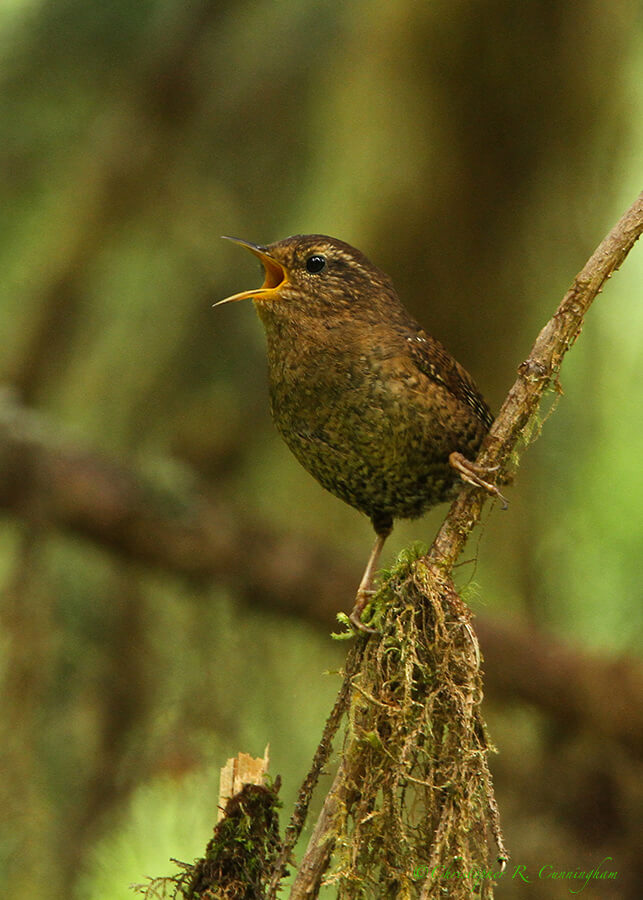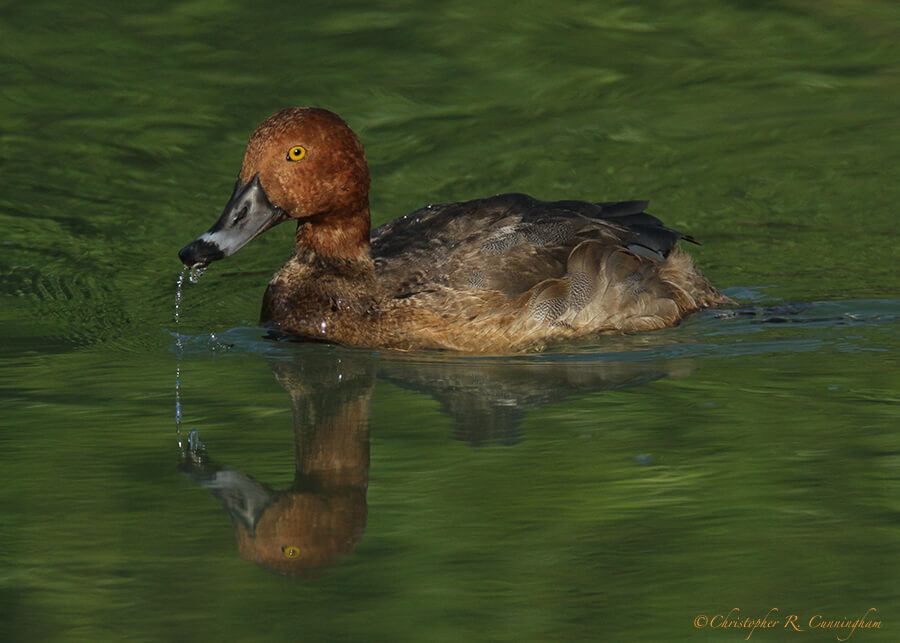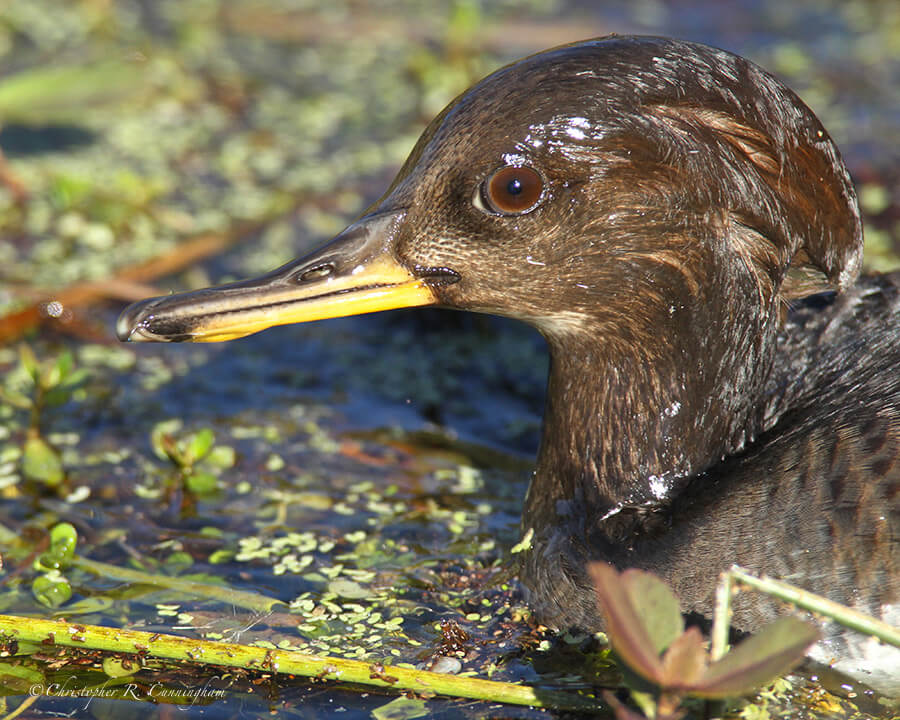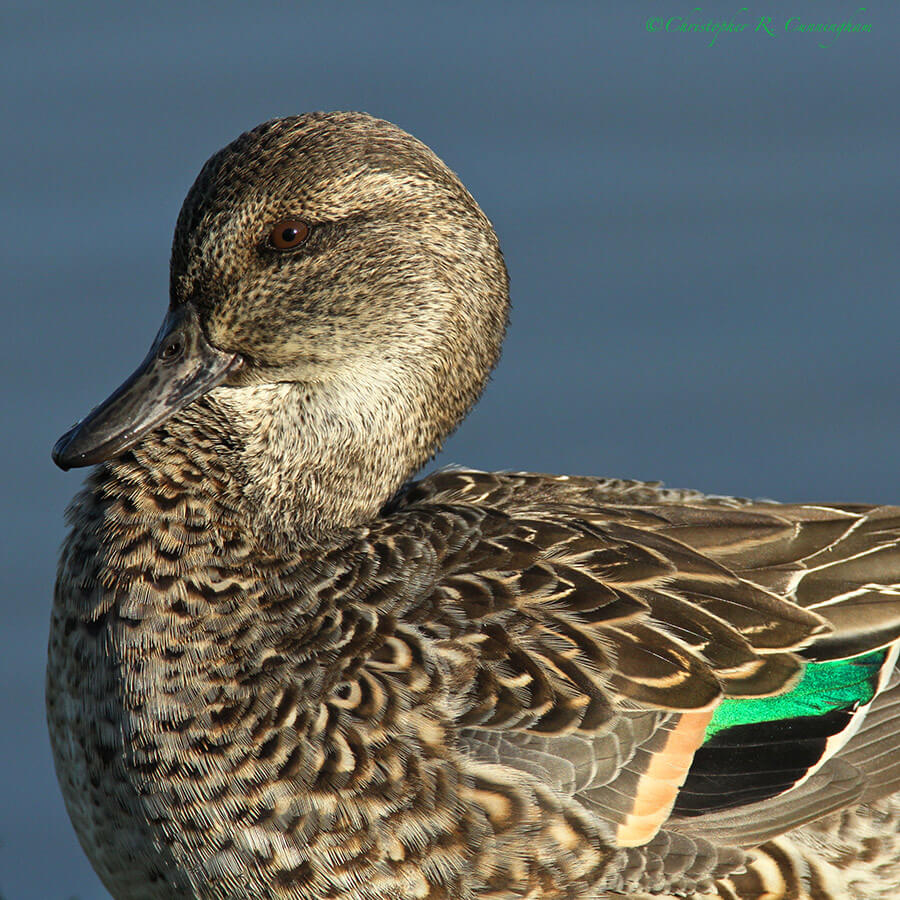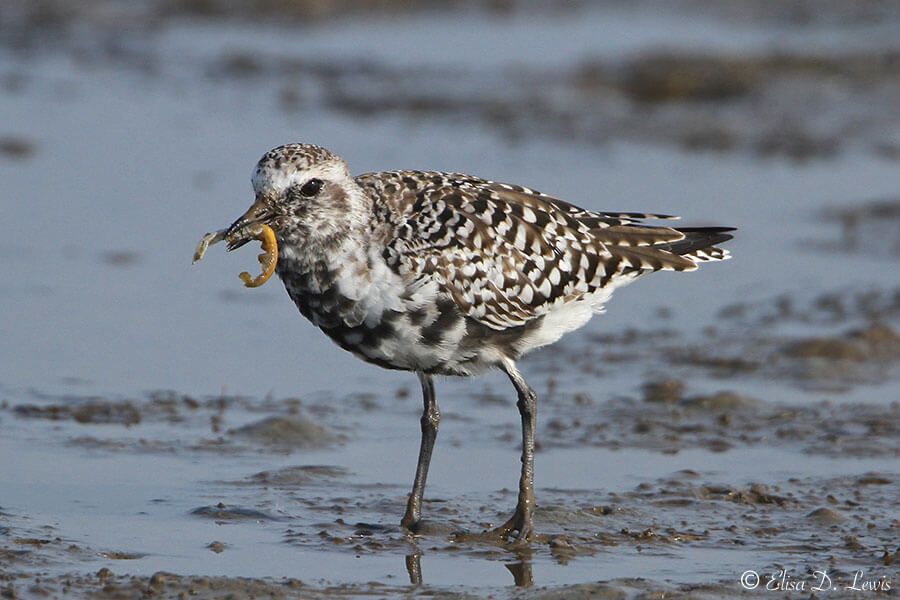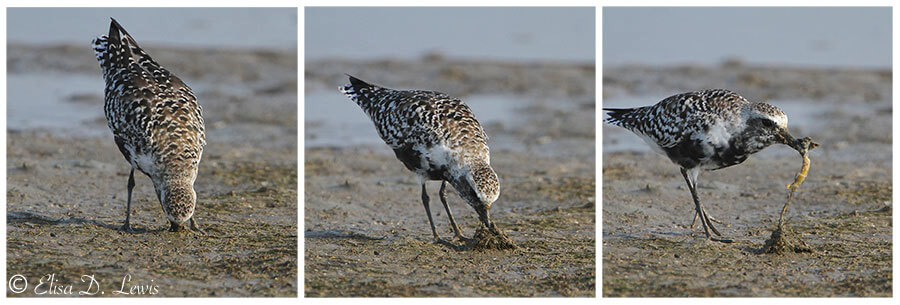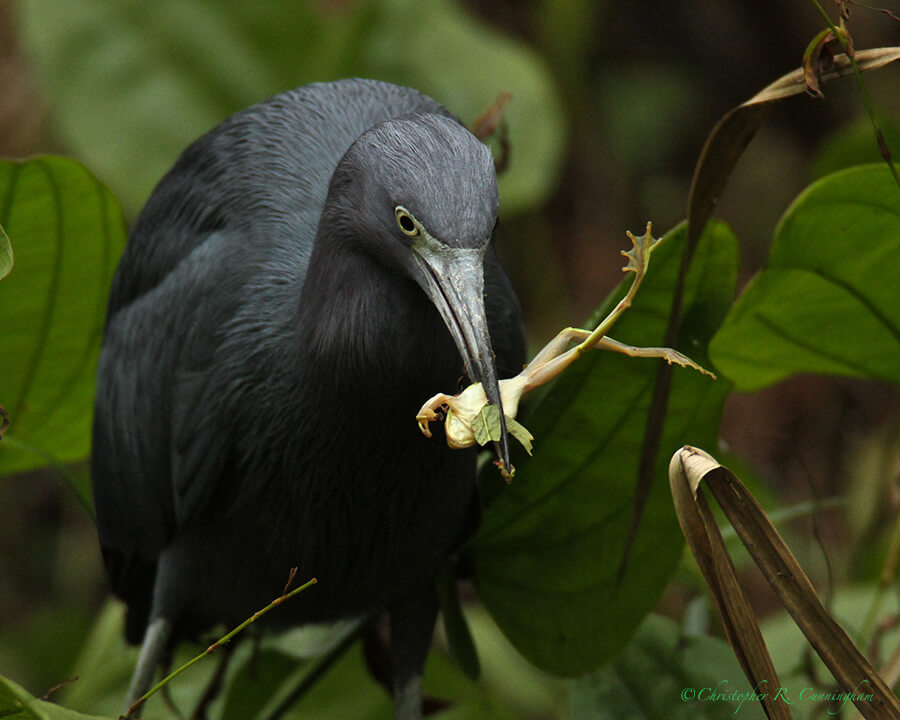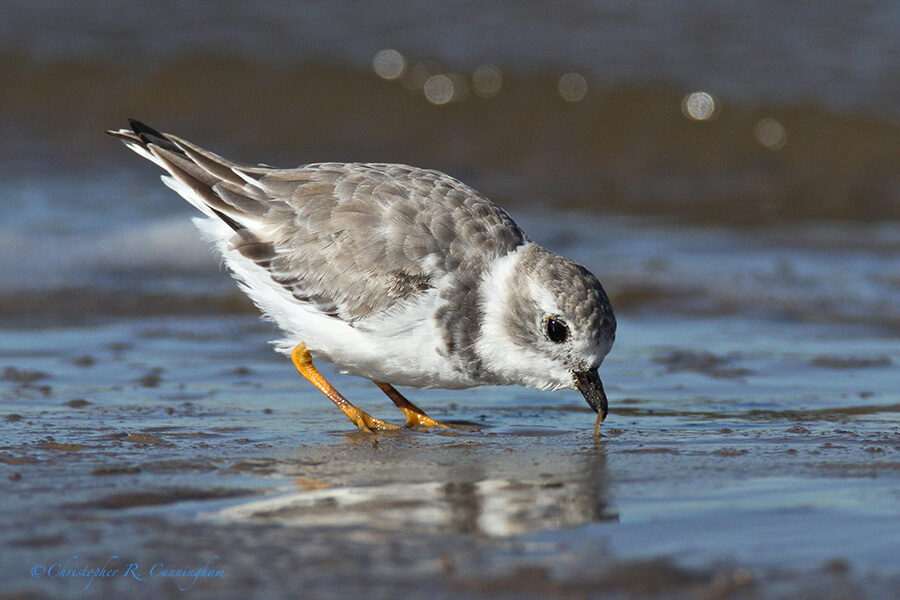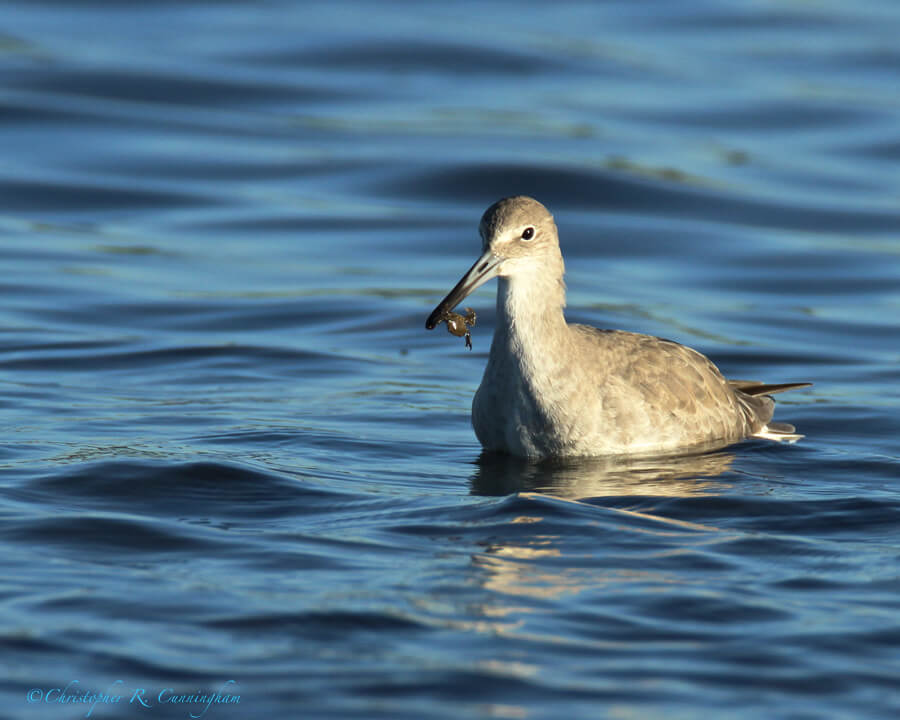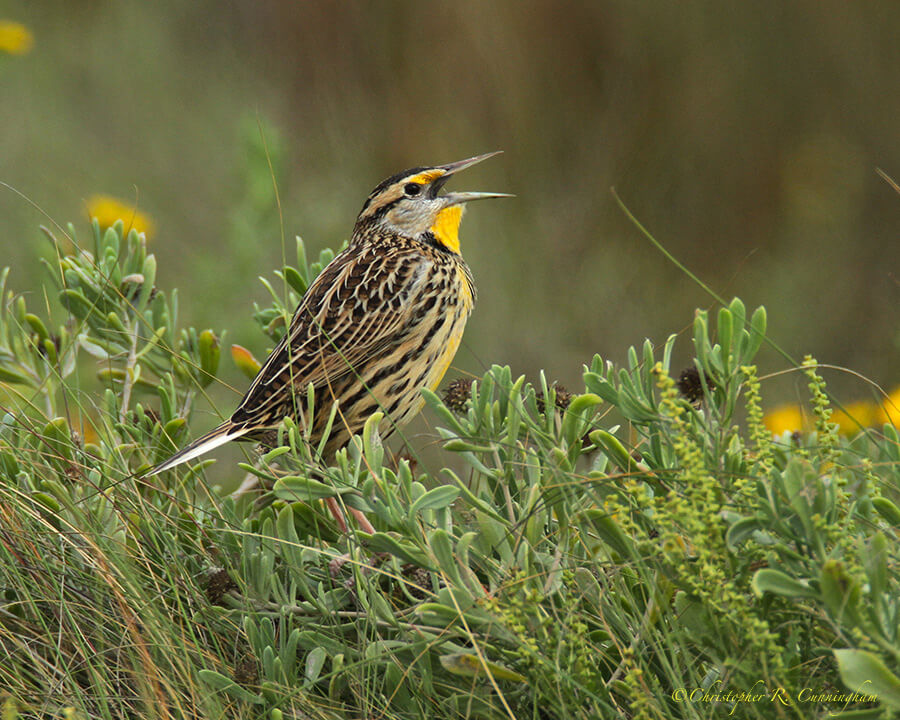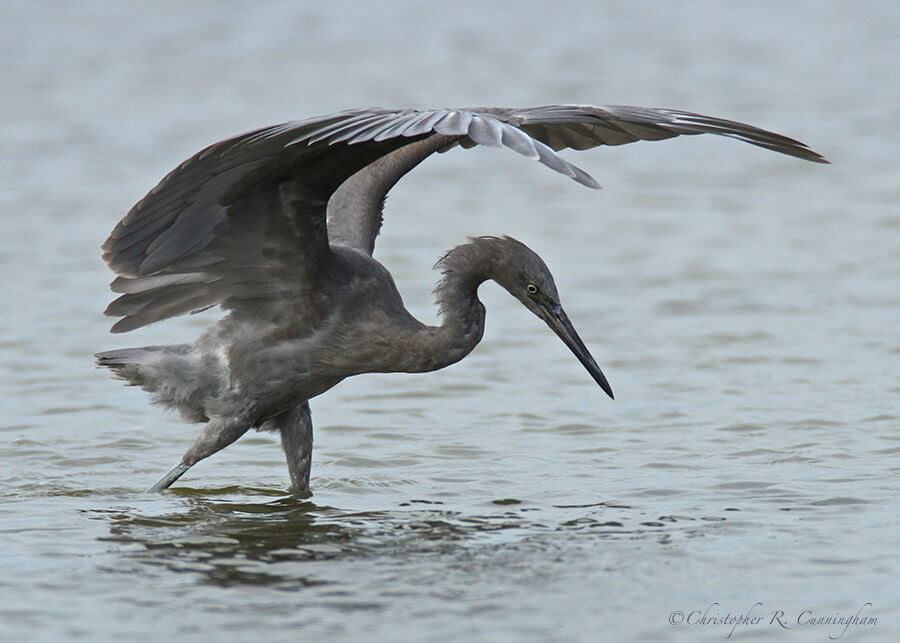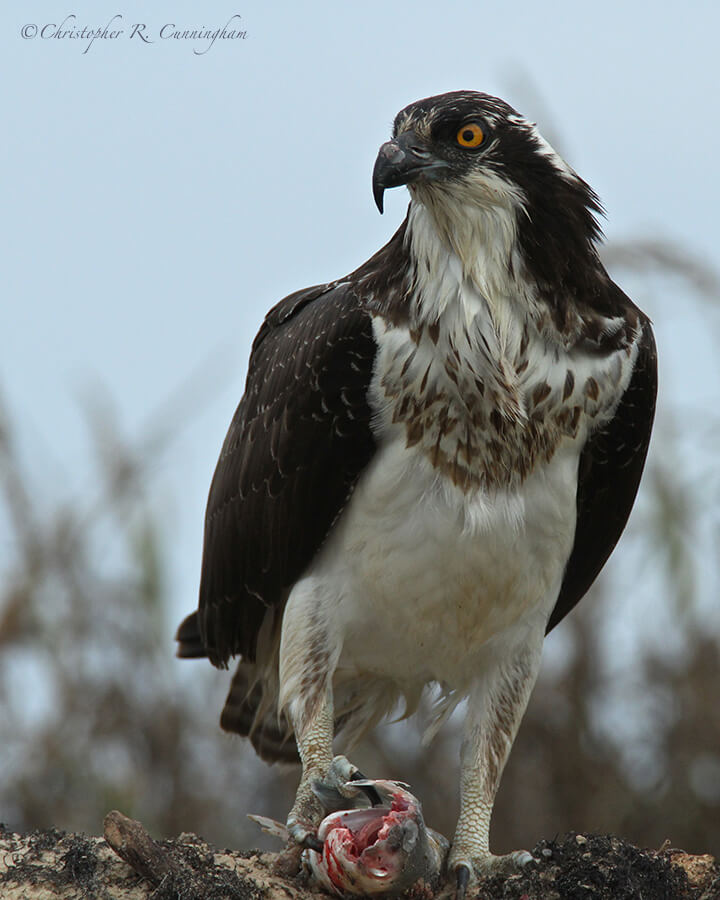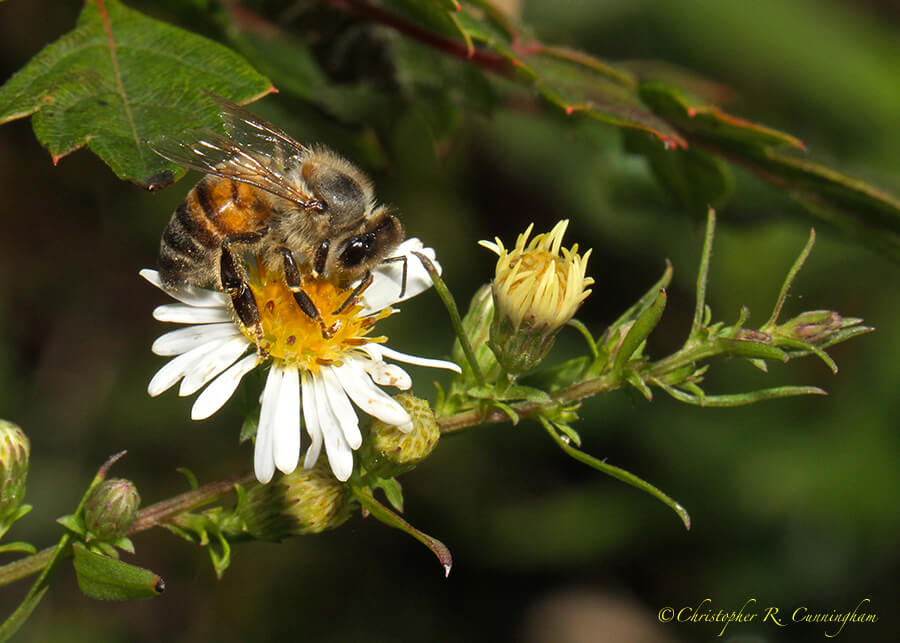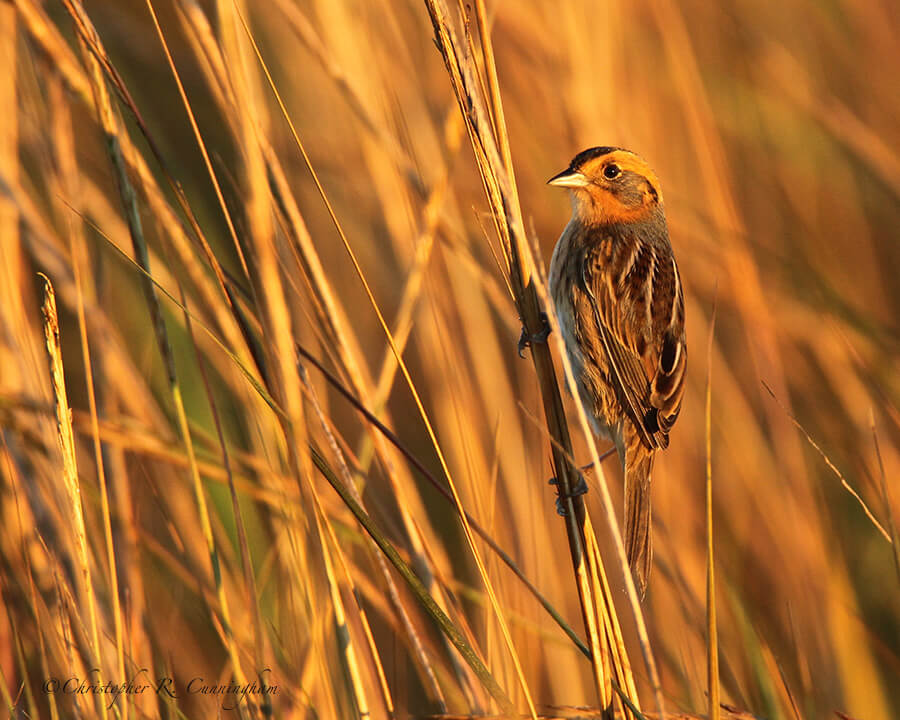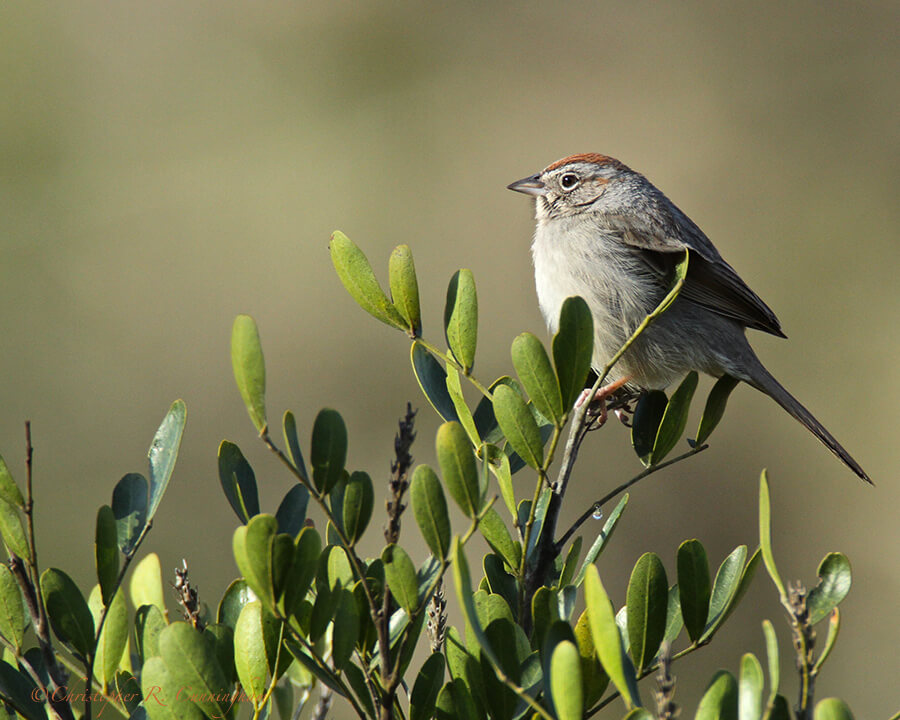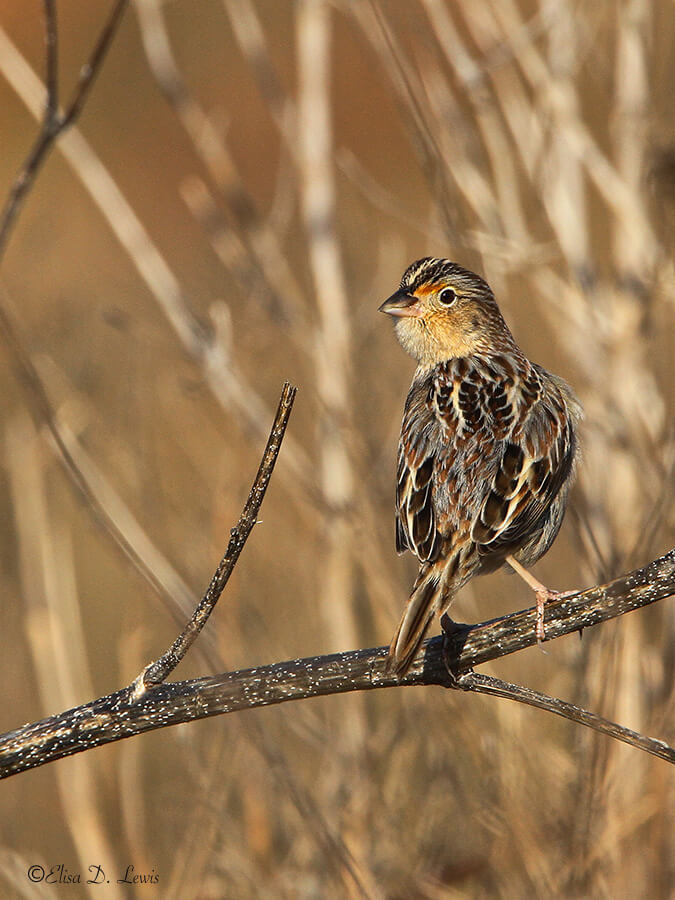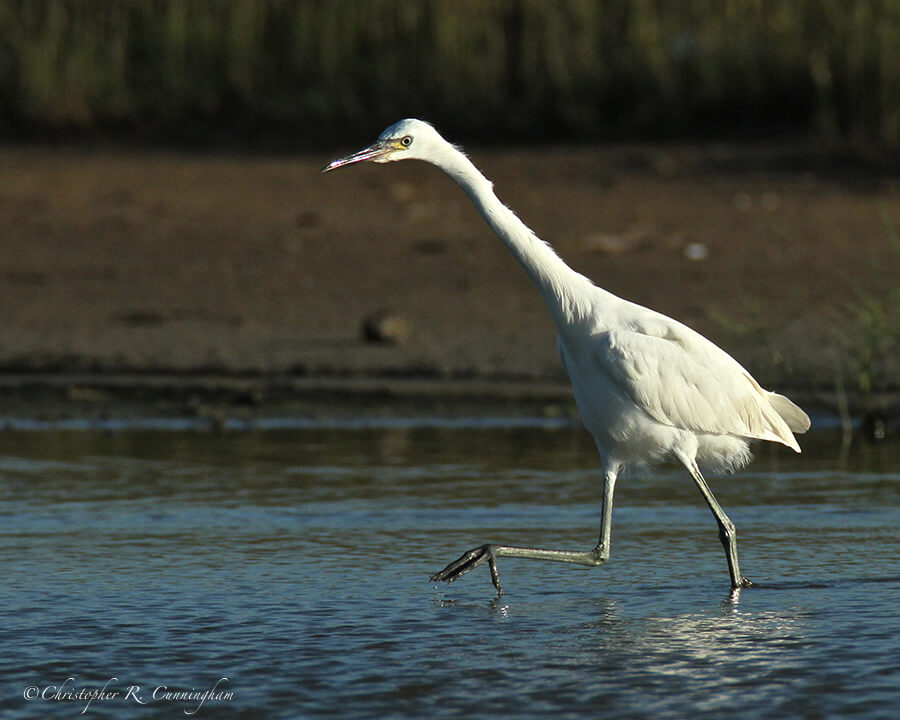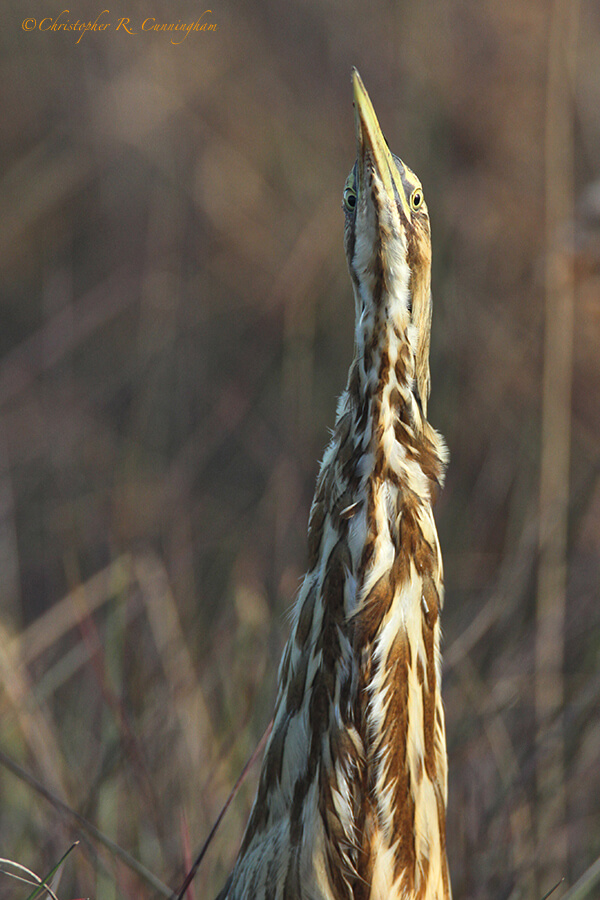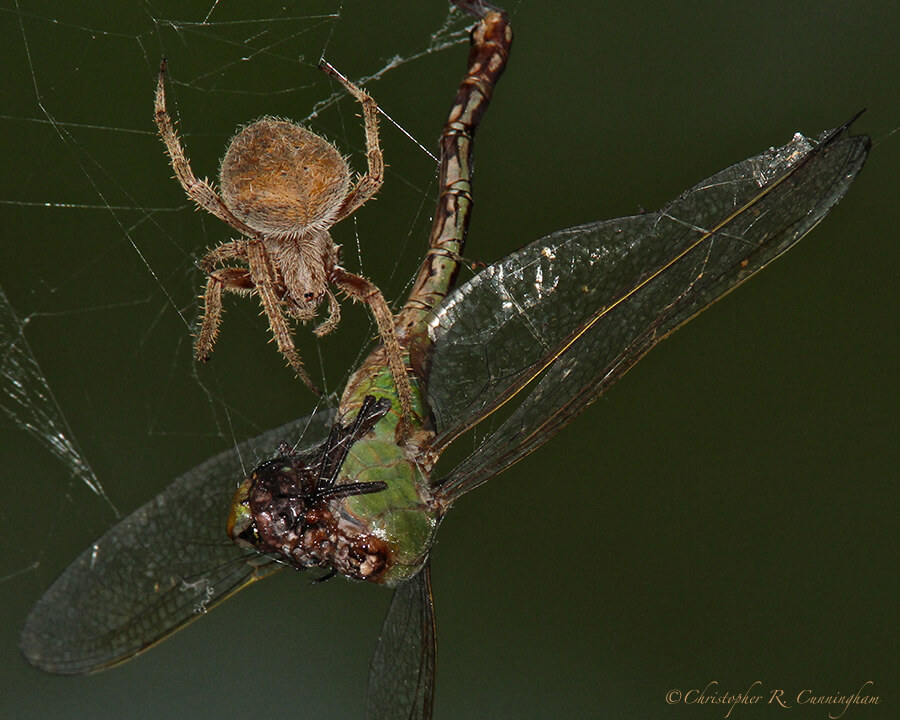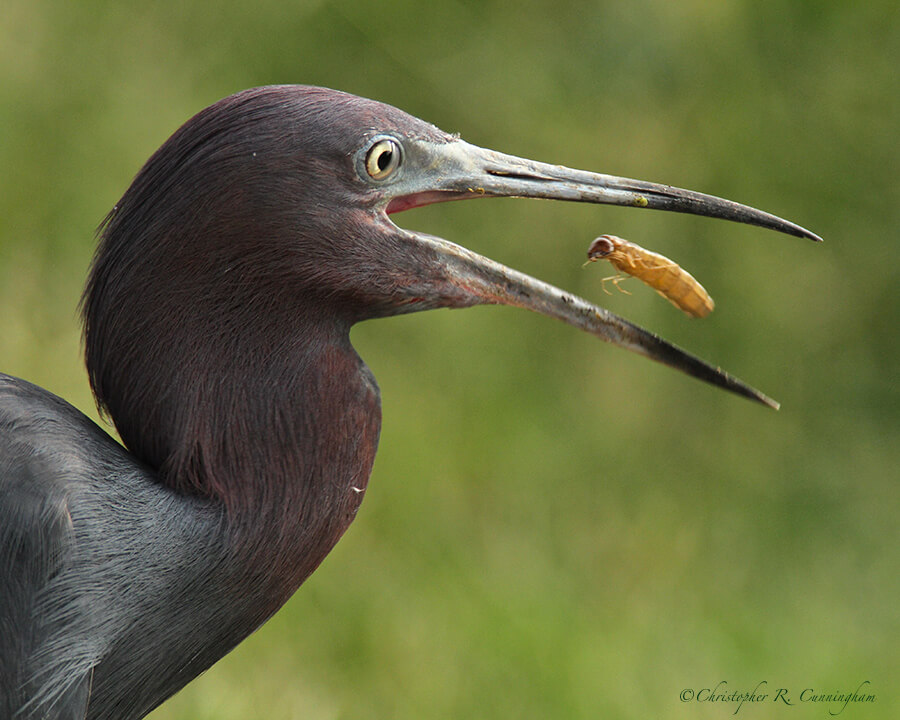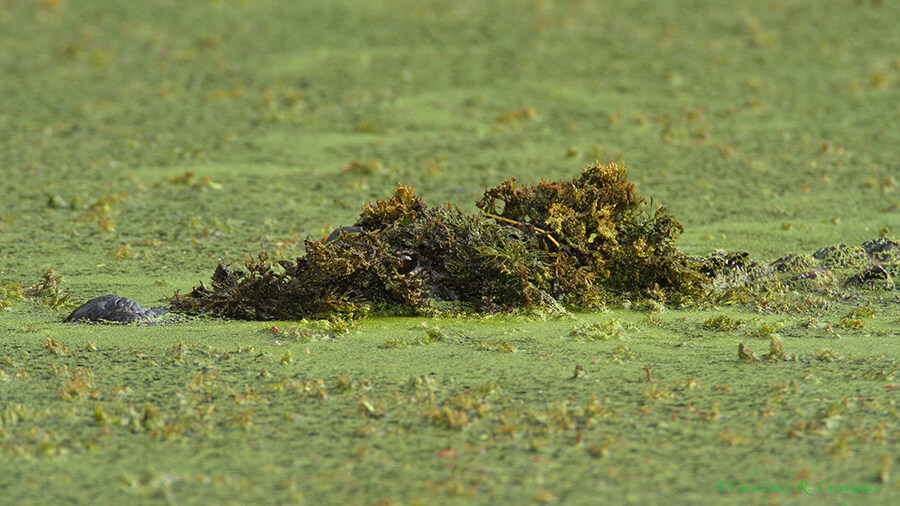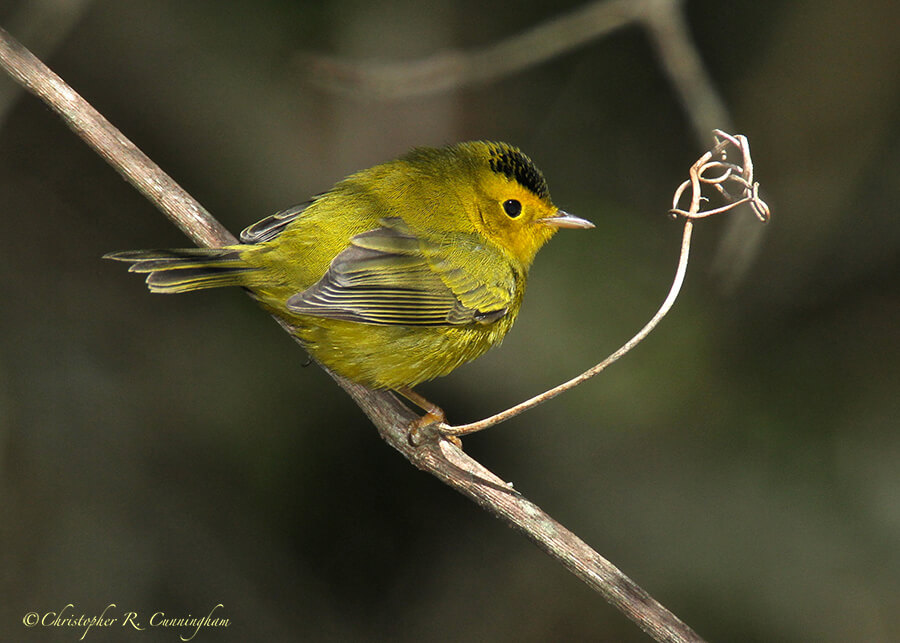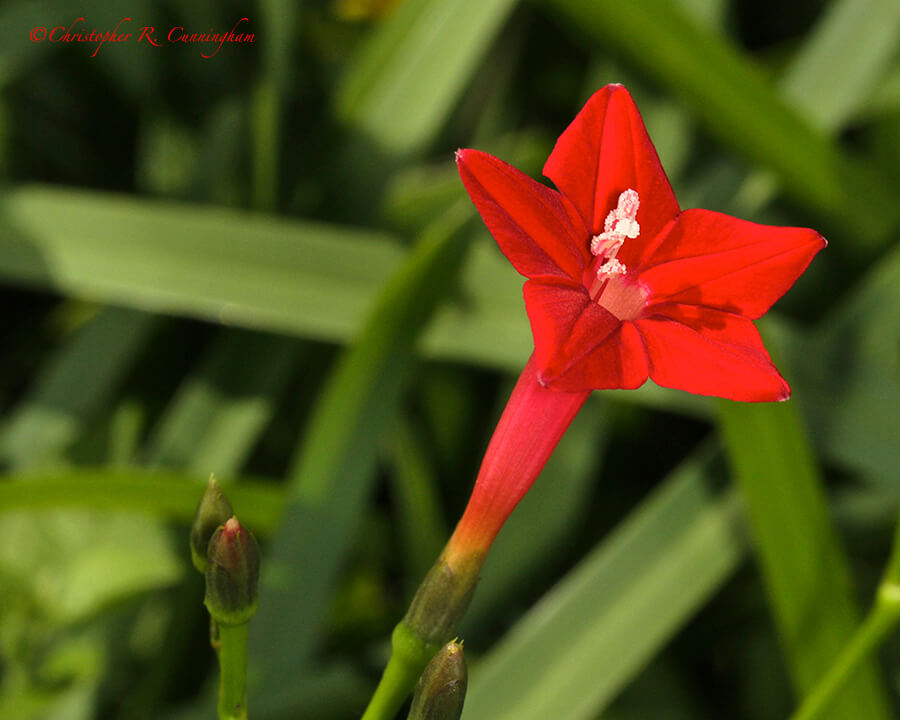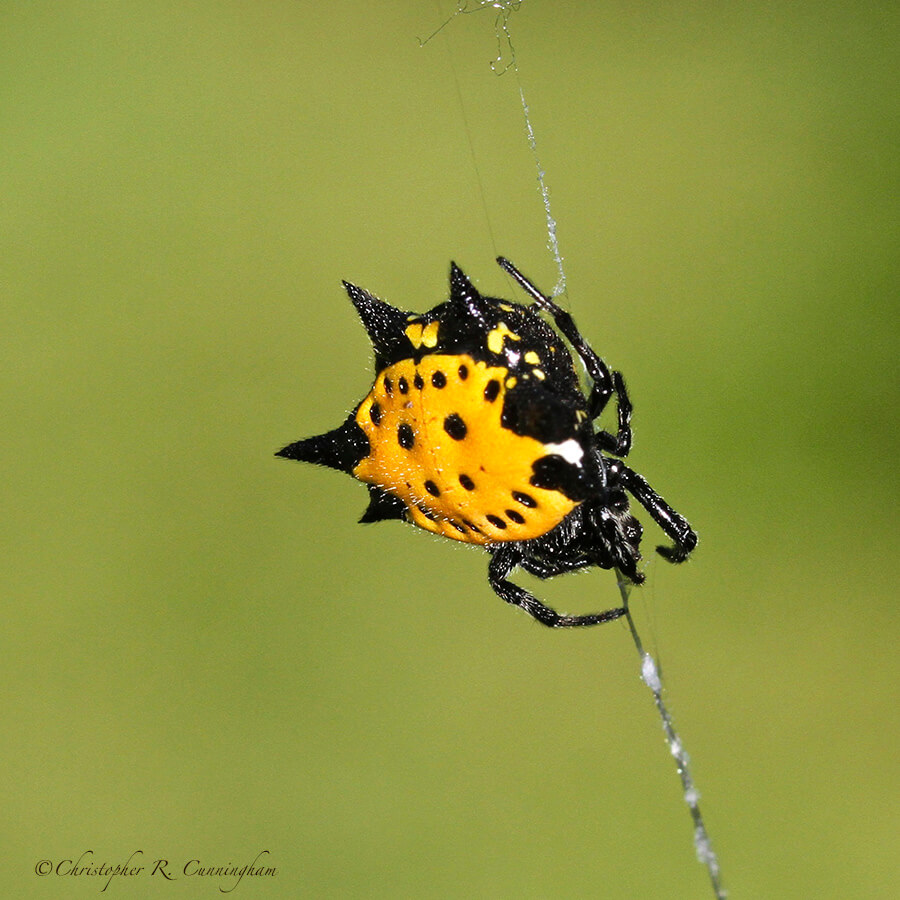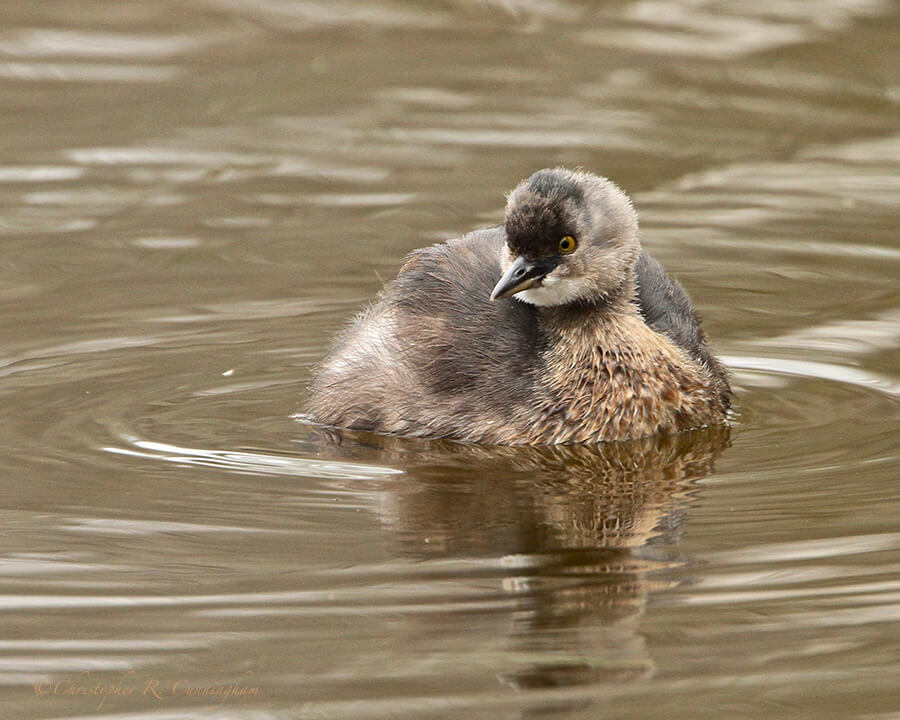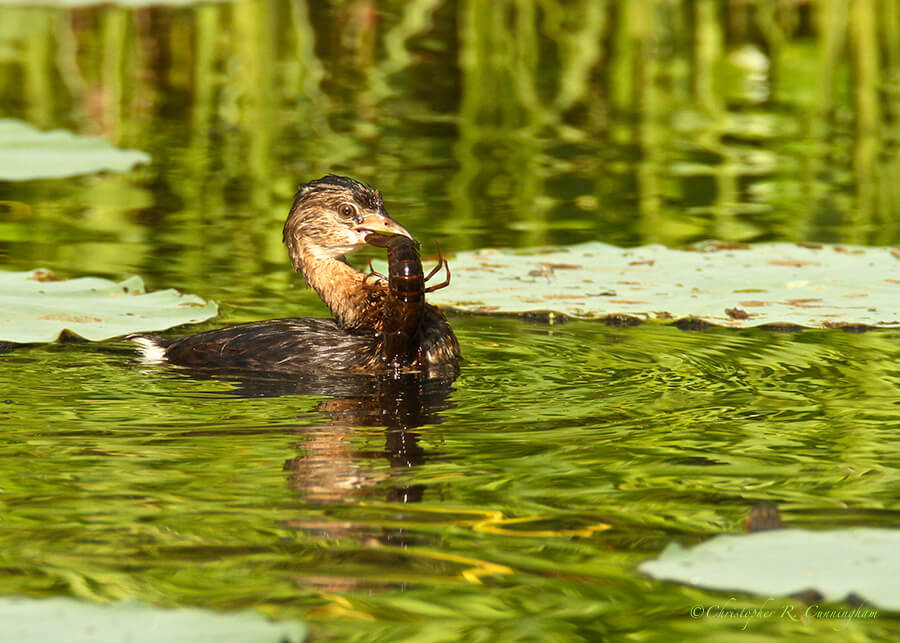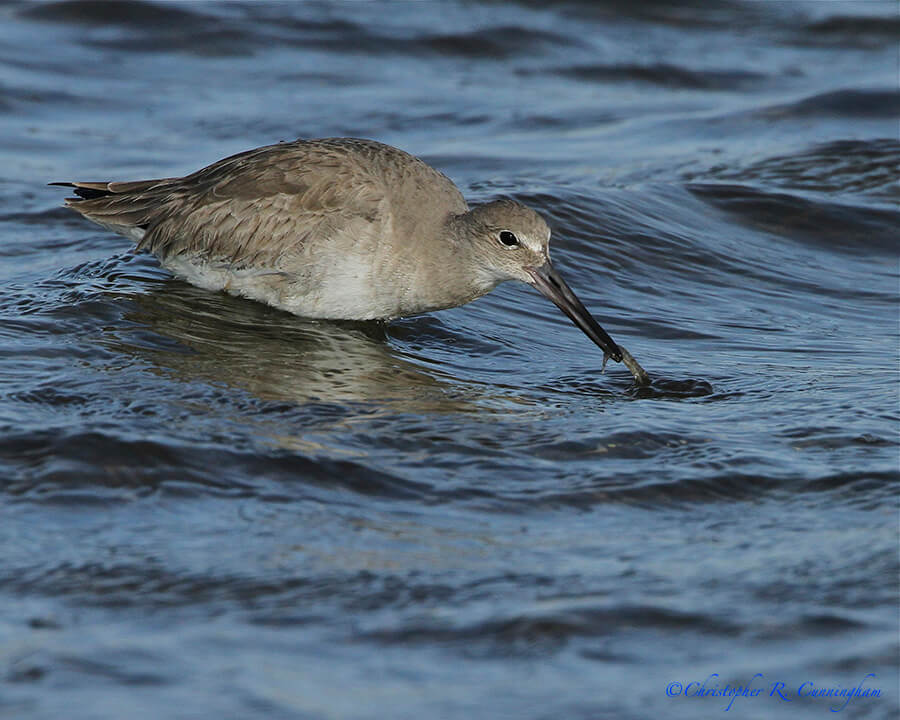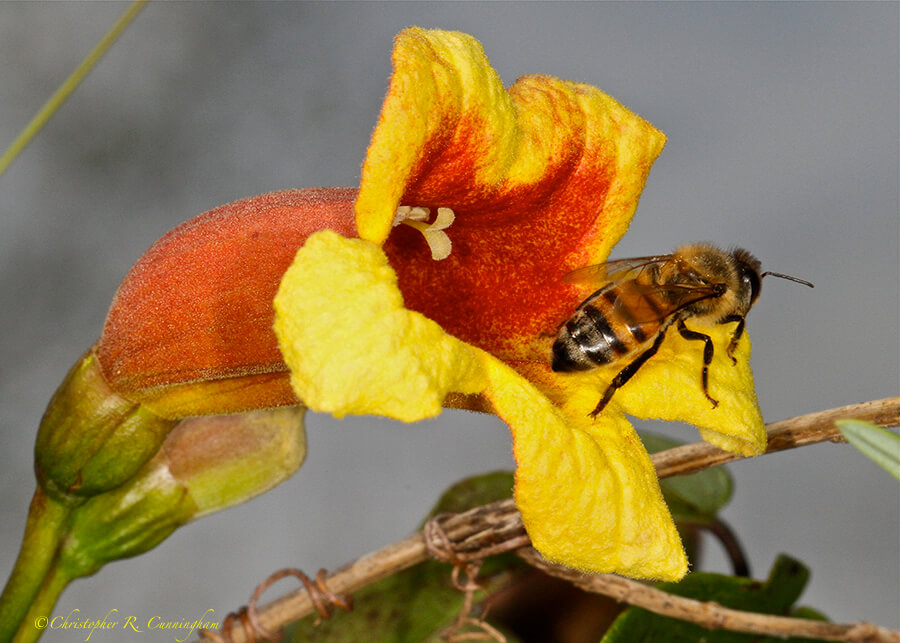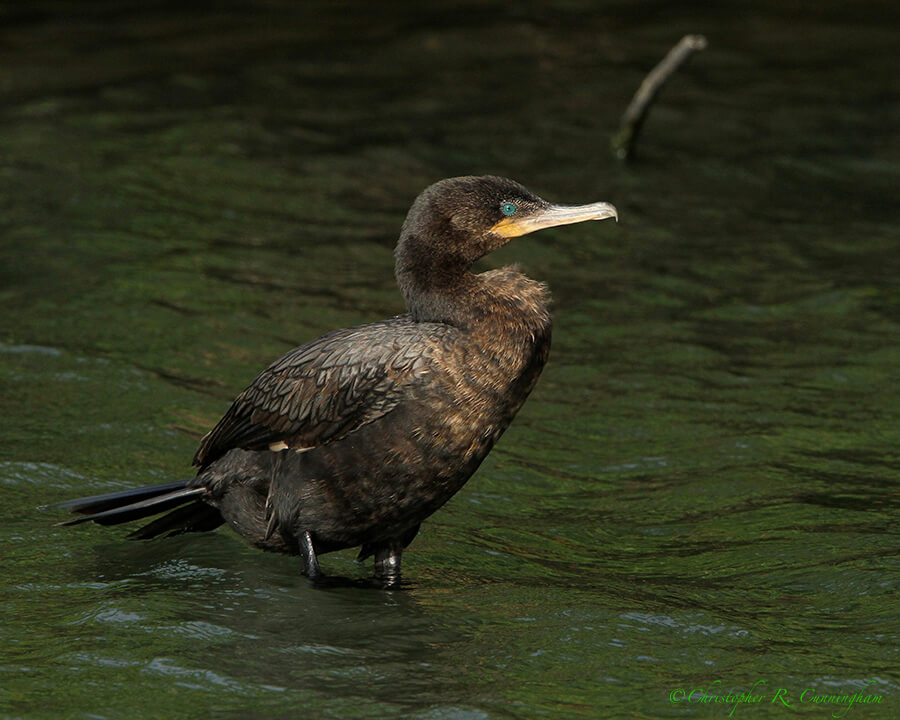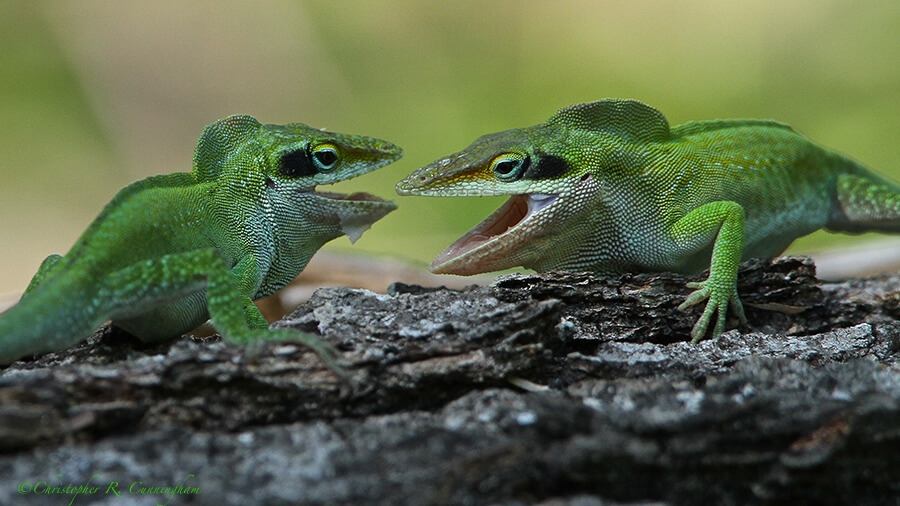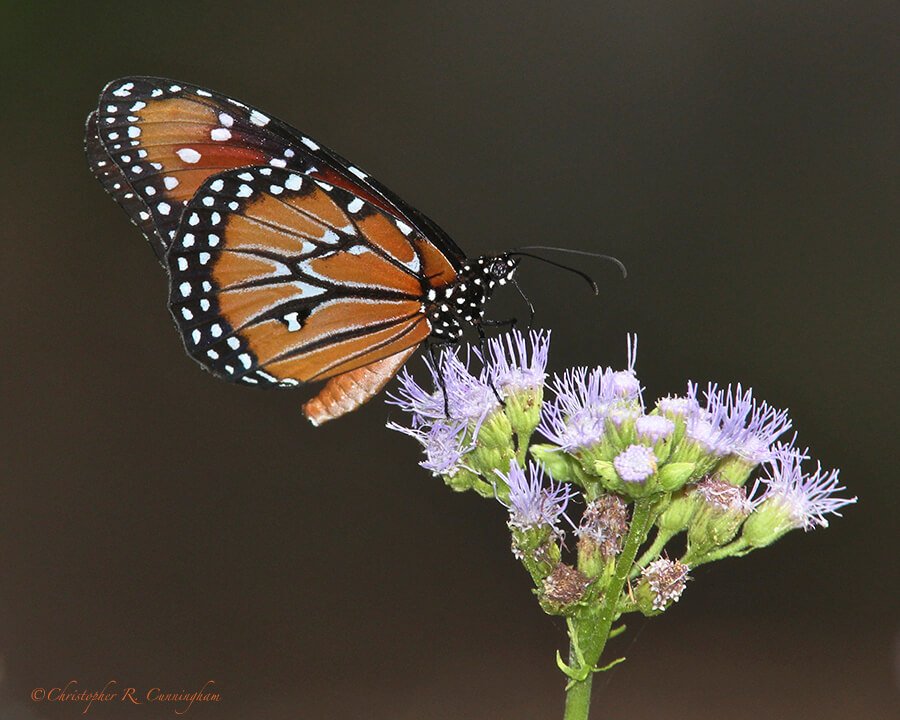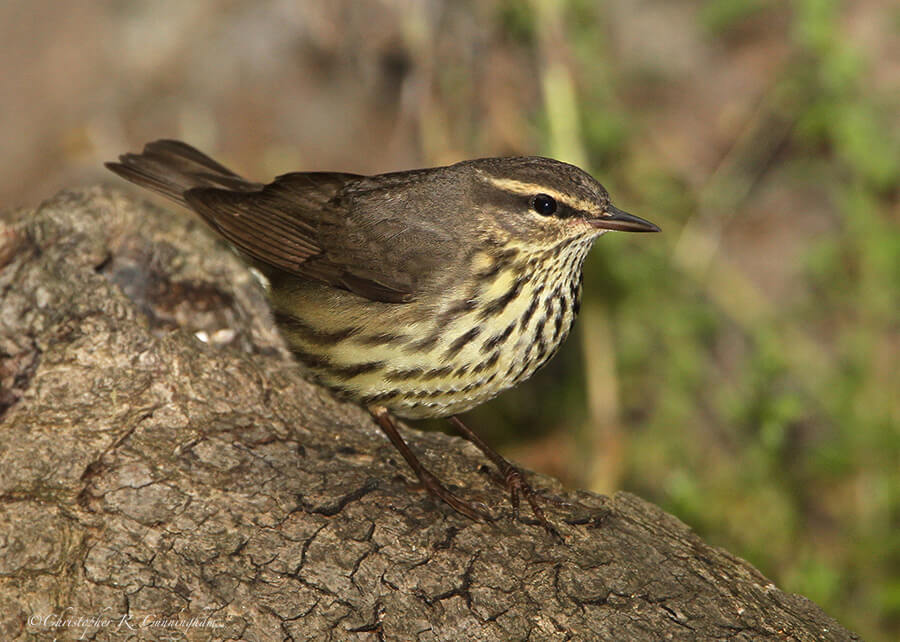
Unseasonably warm weather over the past week has has made me think about migration: Last weekend felt more like April (complete with mosquitos) than mid-December. Even in winter I like to review my Neotropical migrant songbird field marks lest I grow too rusty. The songbird return is only a few months away, after all.
One of the trickier points of identification that I hear birders argue about in the field is how to distinguish Louisiana from Northern Waterthrushes. Both waterthrush species are (rather strangely) wood warblers. Both are large-bodied, primarily ground foragers, and display a peculiar fore-and-aft rocking motion and tail-pumping behavior (not unlike Spotted Sandpipers!). But waterthrush species have very different biogeographic distributions. Northern Waterthrushes are much more wide-ranging birds than their Louisiana cousins. Northern Waterthrushes summer across Canada and Alaska and winter from the Mexican border to northern South America (with small pockets in Louisiana and Florida). The Northern Waterthrush is even listed in Birds of Peru as a vagrant. Louisiana Waterthrushes summer in the eastern U.S. and winter in Mexico and Central America (and just barely into the northern tip of South America). Texas Gulf Coast birders typically only see waterthrushes during migration, though.
Several reliable field marks distinguish waterthrush species. Throat color is probably the easiest single feature to check. Louisiana Waterthrushes have a predominantly white throat, and Northern Waterthrushes have strong brown stripes, becoming flecks, on a white background up to just beneath the mandible. The supercilium (eyebrow) in the Northern tapers to a point behind the eye, whereas in the Louisiana it tends to flair before termination. The feet of the Louisiana also tend to be a brighter shade of pink. Despite these field marks, though, I feel the overall look of these birds is the best path to identification. The Northern has crisper, sharper, and more contrasting markings. The Louisiana tends to look smoother and softer, with more blended transitions between patches of color over the entire body.
Well, now that we have identification issues sorted out for these two warbler species . . . there are only forty-seven more to go!
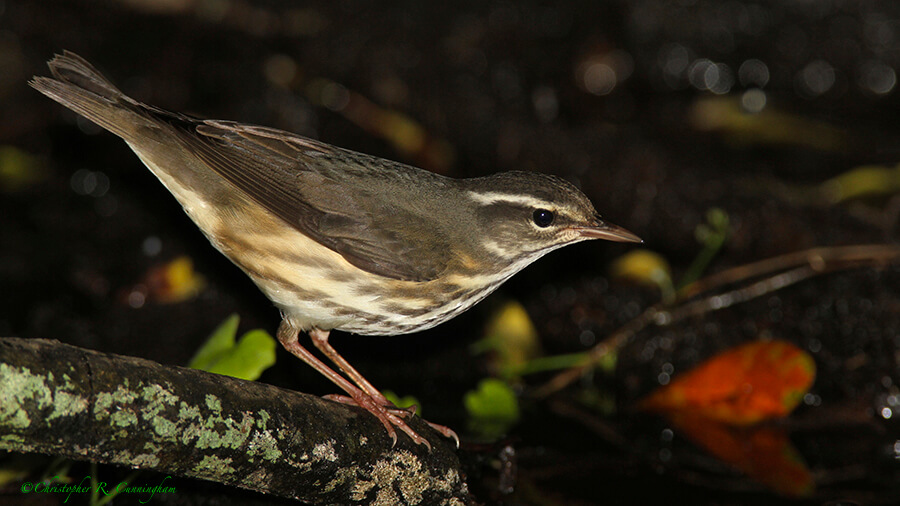
I know you’ve heard it a thousand times before. But it’s true – hard work pays off. If you want to be good, you have to practice, practice, practice. If you don’t love something, then don’t do it.—Ray Bradbury
©2014 Christopher R. Cunningham. All rights reserved. No text or images may be duplicated or distributed without permission.
